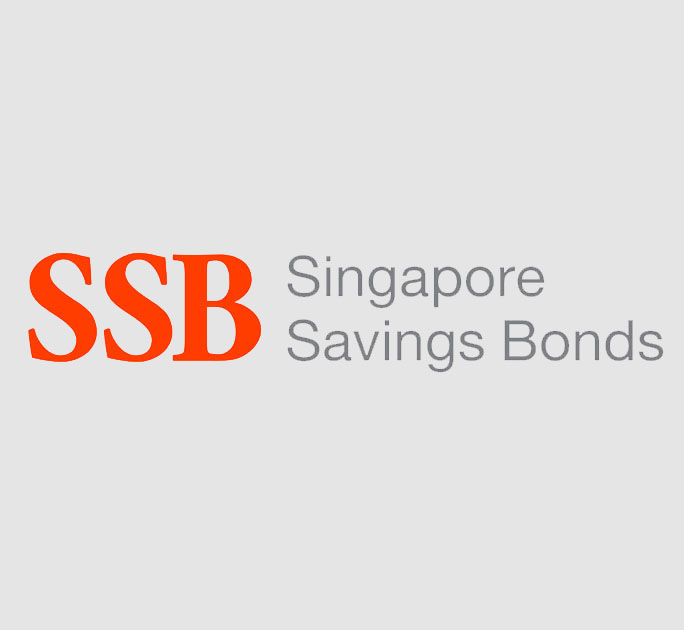As promised from my first post, I will be explaining my investment strategy so that you guys will not get lost whenever I post a new transaction or make certain modifications to my portfolio.
I also have a feeling that my approach would be one of the simpler ones among the different strategies posted by different blogs and perhaps you can consider it as well.
So, without further ado, let's get started!
Firstly, my investment approach is a semi-active/passive one. In regards to being passive, there will be a method to decide how much of the portfolio will be allocated to stocks and bonds. The method is the
110 - age method where after deduction, the resulting number will percentage of the capital to be allocated to stocks and by deducting that number with 100
"[(100-(110-age)]" will derive the percentage for bonds. This percentage allocation will slowly change as I age with more of the portfolio invested in bonds instead of stocks which I think is very logical as we get older, we do not have as much time as we had when we were young to tie through a crisis if it does happen. (Imagine your portfolio tanking 30% when you're about to retire, yikes!)
Secondly, I will be contributing a certain amount on a monthly basis. Subsequently, on May and November, I will be doing a bi-annual re-balancing exercise where I will re-balance my portfolio to the desired allocation as indicated in "My Portfolio" post.
Until now, all the mechanisms in place are purely passive. For the active aspect of the portfolio, I will be integrating tactical asset allocation strategy into my investment approach. Tactical asset allocation(TTA) strategy is an investment style where the allocation of the selected asset classes are adjusted and balanced as according to market environment conditions which can potentially maximize returns, keep market risk to a minimum as compared to an index.
The difference between a TTA portfolio and a normal index investing is that a TTA adjusts its allocation percentage and re-balances according to the new allocation while a normal index investing just re-balance to a planned allocation at a specific set time and repeat this throughout the entire investment journey.
In order for my portfolio to change to a new allocation, the minimum criteria is that the profits earned from the whole process must exceed the cost incurred by readjustment when my portfolio reverts to it old allocation.
For example,
*The same can be applied if stocks are the segment being over weighted*
These are 3 counters that I will be buying on a monthly basis ;
Stock indexes;
1) Vanguard FTSE All-World UCITS ETF (USD) Accumulating (Stock ticker: VWRA)
This is a passive management fund that tracks the performance of the FTSE All-World Index by acquiring physical shares and its holding will have a similar composition to the index. It is also an accumulating fund so all dividends will be reinvested into the fund. The index holdings are mainly made up of large and mid-cap company in developed and emerging markets (basically the index is made up of the whole world)
Link to the fund's website:
https://americas.vanguard.com/institutional/mvc/detail/etf/overview?portId=9679&assetCode=EQUITY##overview
2) Nikko AM Singapore STI ETF (SGD) (Stock ticker: G3B)
Similar to VWRA, this is an exchange traded fund that aims to track the performance of the Straits Times Index (STI) by mimicking the holdings present in the index. It is a distributing fund and as such I will have to manually reinvest the dividends back into fund through POSB Invest-Saver.
To elaborate, the Straits Times Index that comprises the top 30 companies ranked by market capitalisation listed on the Singapore Exchange (FYI, not really diversified since almost half the weight of the index is from the financial sector.)
Link to fund's website:
https://www.nikkoam.com.sg/etf/sti
Bond index;
3) Nikko AM SGD Investment Grade Corporate Bond ETF (Stock ticker: MBH)
This represents the bond sector of my portfolio which is the first fund to offer retail investors easy access to Singapore dollar-denominated, investment grade bonds. The aim of the fund is to replicate the performance of iBoxx SGD Non-Sovereigns Large Cap Investment Grade Index. Consequently, its holding consists of some foreign corporate entities (ANZ & Westpac banking) and a good portion occupied by Singapore government statutory boards and corporation such as HDB, PUB and Capitaland. Overall, some may argue against choosing this fund as some holdings in the fund are unrated but I believe that with the involvement of public entities like HDB and only having large cap companies in its portfolio is sufficient enough to diversify the risk of impact when 1 company in the fund fails.
At worst case scenario, I can shift my bond holding in my portfolio to
ABF Singapore Bond Index Fund (Stock ticker: A35) where the fund only consists of Singapore government companies and Singapore government securities bonds (AAA rated by S&P).
(Furthermore, we can utilize the situation of COVID-19 as a stress test for the MBH fund and see how much impact it will receive throughout this crisis.)
Link to MBH fund's website:
https://www.nikkoam.com.sg/etf/sgd-investment-grade-corp-bond
Link to A35 fund's website:
https://www.nikkoam.com.sg/etf/abf


